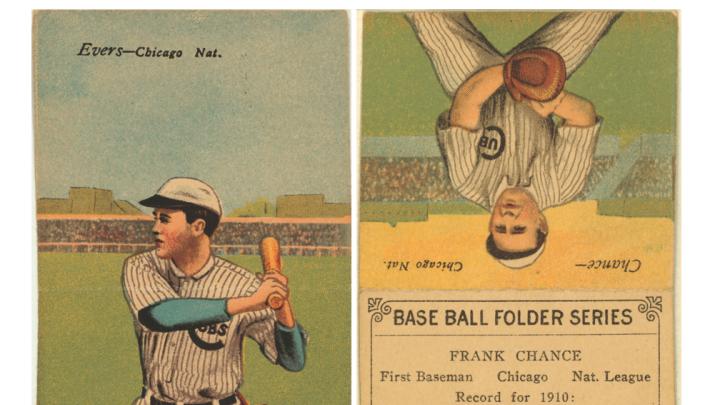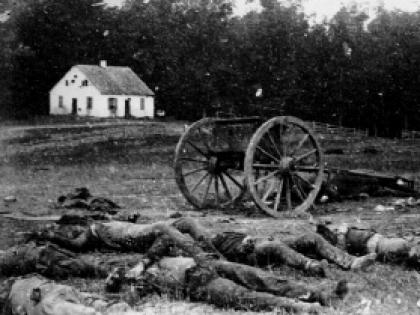Baseball resumes, with all its oddities: no time limit to play, the defense controlling the ball, and so on. Its long and statistics-studded history lends itself to ever-deeper analysis. Benjamin Baumer, formerly statistical analyst for the New York Mets, now a teacher of statistics and mathematics at Smith College, and Andrew Zimbalist, Ph.D. ’74, Woods professor of economics there (and a prominent analyst of the economics of professional sports), cast a scholarly eye on The Sabermetric Revolution: Assessing the Growth of Analytics in Baseball (University of Pennsylvania, $26.50). Some of the fundamentals, from the preface:
Baseball, much more than other team sports, lends itself to measurement. The game unfolds in a restricted number of discrete plays and outcomes. When an inning begins, there are no outs and no one is on base. After one batter, there is either one out or no outs and a runner on first, second, or third base, or no outs and a run will have scored. In fact, at any point in time during a game, there are 24 possible discrete situations. There are eight possible combinations of base runners….For each of these combinations of base runners, there can be either zero, one, or two outs. Eight runner alignments and three different out situations make 24 discrete situations. (It is on this grid of possible situations that the run expectancy matrix, to be discussed in later chapters, is based.)
Compare that to basketball. There are virtually an infinite number of positions on the floor where the five offensive players can be standing (or moving across). Five different players can be handling the ball.
Or, compare it to football. Each team has four downs to go 10 yards. The offensive series can begin at any yard line (or half- or quarter-yard line) on the field. The 11 offensive players can align themselves in a myriad of possible formations; likewise the defense. After one play, it can be second and 10 yards to go, or second and nine and a half, or second and three, or second and 12, and so on.
Moreover, in baseball, performance is much less interdependent than it is in other team sports. A batter gets a hit, or a pitcher records a strikeout, largely on his own. He does not need a teammate to throw a precise pass or make a decisive block. If a batter in baseball gets on base 40 percent of the time and hits 30 home runs, he is going to be one of the leading batters in the game. If a quarterback completes 55 percent of his passes, though, to assess his prowess we also need to know something about his offensive line and his receivers.
So, while the measurement of a player’s performance is possible in all sports, its potential for more complete and accurate description is greater in baseball. It is, therefore, not surprising that since its early days, baseball has produced a copious quantitative record.








